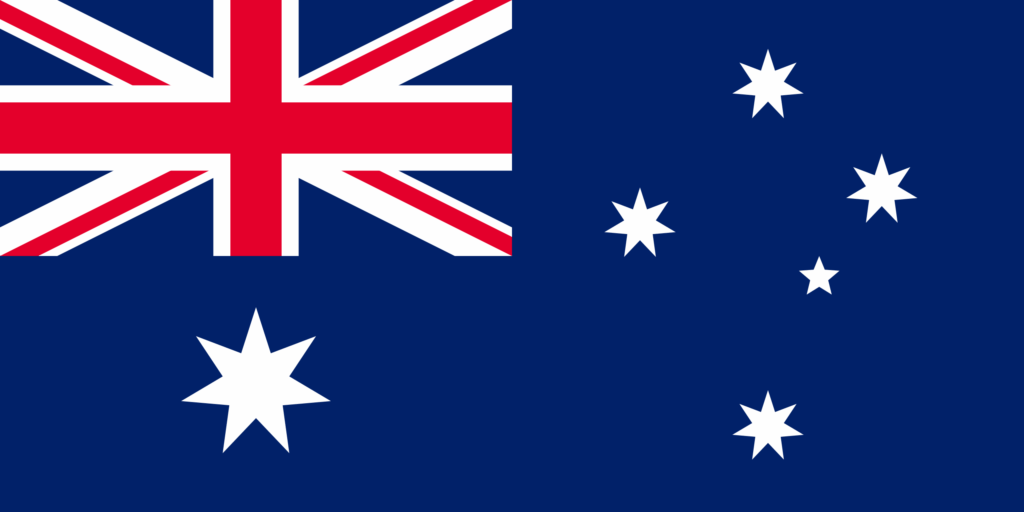Election of the Weekend II: Australia

This weekend, Australian voters will elect a new house of representatives, as well as 40 of the 76 seats in the Australian Senate. The story of this election, in broad strokes at least, will be familiar to regular readers of this series: back in January, the incumbent center-left government appeared to be headed for defeat at the hands of a newish leader of the conservative party (the conservatives are “Liberals” in Australia). Then Trump assumes office and starts doing lots of Trumpy things, the rest of the Anglosphere reacts in horror, and suddenly Australia’s Labor party looks like the favorites in this weekend’s election. There are of course differences between Australia and Canada; the swing in polling is considerably less dramatic; Labor was polling to lose a fairly close election in January and they’re polling to win a fairly close election now. (Glancing at polling averages, the Liberals were up roughly 4 points in February, Labor is up 5-6 points now.) There was no pre-election change in leadership for Labor, as PM Anthony Albanese still leads Labor. But the Trump effect is similar:
But political winds have shifted in Australia, buffeted by the global tumult unleashed by Mr. Trump, if to a far lesser extent than they did in another U.S. ally, Canada. Even though Australia hasn’t been in Mr. Trump’s crosshairs the same way Canada has, the latest political surveys in Australia show Labor has pulled ahead of Mr. Dutton’s conservative Liberal Party.
“We are Canada-lite. We don’t have the same exposure, but Trump is very unpopular among the Australian public,” said Darren Lim, a senior lecturer in politics and international relations at the Australian National University. “The U.S. plays a large role in our conception of where we are in the world.”
Mr. Trump plans to impose a 10 percent levy on most Australian imports, the base line rate of his so-called reciprocal tariffs, in addition to 25 percent on its steel and aluminum exports. During the campaign, both Mr. Albanese and Mr. Dutton have faced repeated questions on how they would manage the relationship with Washington. Responding to a question during their final debate on Sunday, both said that they trusted Mr. Trump.
But most Australians do not share their assessment. A recent poll by the Lowy Institute showed the Australian public’s trust in the United States had sunk to its lowest point in two decades, with two-thirds saying they either had not very much or no trust at all in their country’s most important ally. Voters were evenly split on whether Mr. Albanese or Mr. Dutton would be better at managing relations with Mr. Trump.
In recent weeks, Mr. Dutton has tried to distance himself from Mr. Trump. By the time a political ally of his uttered the words “make Australia great again” in mid-April, it was clear any association with Mr. Trump was a liability Mr. Dutton wanted to avoid. He deflected questions about whether the phrase reflected any ideological alignment with Mr. Trump.
Mr. Albanese’s party has tried to capitalize on the shifting public sentiments, decrying the foreign influence the opposition would bring. The conservatives, it has said, would bring “Americanization” and the “American approach” to Australian work conditions and health care.
Nuts and Bolts: Voting in Australia is compulsory, although one can be exempt a potential fine of $170 for failure to vote or give a satisfactory explanation for that failure, producing a turnout rate north of 90%. The single member district elections for the house of representative are instant runoff; voters are required to rank all candidates on the ballot. The Senate elections use a single transferable vote system, similar to that adopted in Portland, OR, city council elections last year. Each Australian State has 12 senators, six of which are up for election every three years. The state functions as a multimember district, and as with parliament, voters rank all candidates. Over and undervotes are redistributed (as in, if a particular candidate has more first place votes than they need to secure one of the six seats, which is 14.28%, their overvotes are distributed proportionally to the second choice candidates.) This leads to more multiparty representation in the Senate than the House, although the house does have a smattering of small party representatives, mostly Greens with a few right-populist parties, as well as 13 independents. Many of those independents are lumped together under the banner of “Teal independents”, a group of Centrist representatives whose shared politics tends to be on the center right on economic policy, while holding progressive views on social issues as well as climate change.
Albanese’s labor party presently has just one vote to spare, holding 77 seats out of 151. Their present lead has them project for 80 or 81 seats, so it’s well within the realm of possibility they won’t secure another majority, although they appear to be favorites to do so. It’s very early Saturday already, so we’ll know soon enough.


